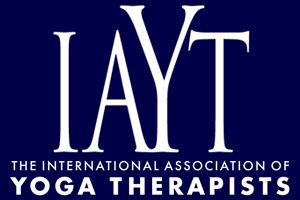Mass Disasters and Mind-Body Solutions: Evidence and Field Insights
Treatment for the psychological consequences of mass disasters is essential to the recovery of individuals and communities. Little is known about how to provide effective mental health interventions when there are thousands of victims and little, if any, access to care. Post-disaster research and program evaluations suggest that mind-body practices can provide significant relief of anxiety, depression, posttraumatic stress, and physical ailments. Mind-body programs are inexpensive, adaptable to different cultures and conditions, and can be taught rapidly to large numbers of people, including community leaders, to create a sustainable resource for local mental health needs. The challenges of doing research in disaster areas are illustrated using examples from field studies. Potential risks of administering programs to vulnerable populations are discussed, with program design recommendations. The development of safe, effective, trauma-sensitive, culturally appropriate, sustainable programs requires research and collaboration among healthcare professionals, mind-body trainers, researchers, academic institutions, government agencies, and non-governmental humanitarian organizations.
